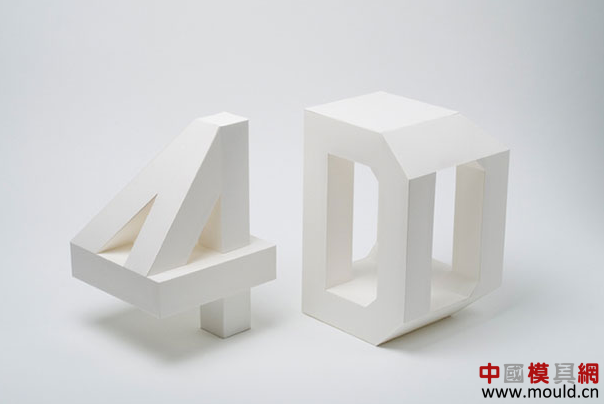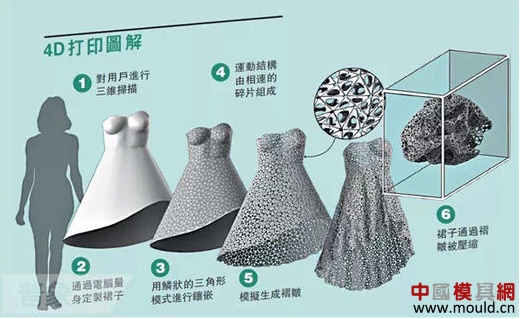
Recently, a group of researchers have developed a new 3D printing method to create objects that respond to heat and can be permanently converted into different shapes. The team created objects by printing shape memory polymers, each designed to react differently when exposed to heat.
Jerry Qi, a professor at the George Woodwood School of Mechanical Engineering, said: "This new method greatly simplifies 4D printing and increases its potential by directly incorporating machine programming post-processing steps into the 3D printing process. This allows computer simulations, 3D Print design High-resolution 3D printing components, then directly and quickly converted to a new permanent configuration with simple heating."
It is reported that the research team published the research results in the magazine "Scientific Progress."
The new 3D printed objects they developed follow the team's early work with smart shape memory polymers (SMPs) that have the ability to record a shape and fold along hinges when uniform heat is applied. Change to another programming shape.

"This approach can reduce the printing time and save up to 90% of the material, while completely eliminating the time-consuming mechanical programming in the design and manufacturing workflow." Qi said.
To demonstrate the capabilities of the new process, the team created several objects that, when immersed in hot water, can be quickly bent or expanded, including true daisies mimicking petal curvature, true daisies that respond to sunlight, and grid-like objects to expand the original scale Eight times.
Zhen Ding, a postdoctoral researcher at the Singapore University of Technology and Design, said: “Our composite material at room temperature is a soft material that can be programmed to contain internal stresses, and another material is rigid.â€
"We use computational simulations to design composite parts where the shape and size of the rigid material prevents programmed internal stresses from being released from the soft material after 3D printing. When heated, the hard material softens and the soft material releases its pressure. Changes in product shape."
Researchers say that new 4D objects can implement a series of new product features, such as allowing flat or rolling products to be stacked, and then expanding the use once. Ultimately, this technology can enable the creation of spatial structures in response to components such as temperature, humidity, or light stimulation in a precisely timed manner that can be deployed to a range of medical devices, robots, toys, and other structures.

Martin L. Dunn, director of digital manufacturing at the Singapore Institute of Technology and Design, said: "The major advancement in this work is 4D printing, which greatly simplifies and enables the creation of high-resolution, complex 3D reprogrammable products."
This technology promises to achieve numerous applications in biomedical devices, 3D electronics and consumer products, and even opens up new paradigms for product design, where components go from service to configuration.
Energy Conservation & Reduction Transformation For Power Plant
Shenyang pump products sales co., LTD , http://www.syipsc.com